Grecians are a welcoming nation with a fascinating history, lovely beaches, and magnificent islands. With so many great qualities, it’s no wonder that Greece attracts over 30 million tourists a year and is a popular destination for travelers. Before visiting Greece, there are a few things you should be aware of, such as its societal mores or cultural traditions.
Take a trip back in time to one of the planet’s earliest civilizations! This is the nation where the first Olympic games were held and the legends of the legendary Greek gods were brought to life. The Acropolis in Athens and Delphi are the best locations to learn more about Greek history in depth. Wander among the soaring columns and take in this magnificent example of architecture that has been copied all over the world.
Your heart will truly belong to Greece once you arrive at the untamed and breathtaking shores of the islands. Admire the white and blue homes, jagged cliffs, vast olive orchards, and brilliant Aegean sea blues as the boat enters the harbor.
Athens
Along with being the birthplace of western civilization, Athens is one of the oldest continuously inhabited cities in the world and a popular tourist destination in Europe. Athens is also brimming with charm, history, spirituality, and a wealth of cultural heritage that is still reflected in Greek culture today.
Day 1:
As you arrive in Athens you’ll be faced with a choice whether to take the metro or a taxi into town. The metro is easy to use and cost effective. If you’re staying in the old town, the journey will take you approximately an hour to Manasturaki station in the heart of the old town. You will find tons of winding alleyways lined with cafes, restaurants, shops, and bars.
The Flea Market
Spanning across much of the Old Town, you’ll find the official entrance to the flea market as you exit the metro station. This series of shops and vendor stands throughout charming winding alleyways is the perfect place to start your adventure. Fuel your body at one of the local vendors before heading to your accommodation to drop off your bags.
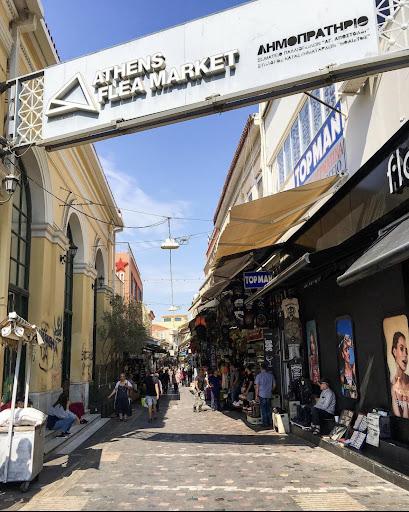
Temple of Olympian Zeus
The Temple of Olympian Zeus is as powerful as the god himself and is one of the top locations in all of Athens. Only 15 of the original 100 strong columns are still standing, yet the glory remains. The Roman baths and the remains of Themistokles’ wall are two other popular destinations close to the temple.
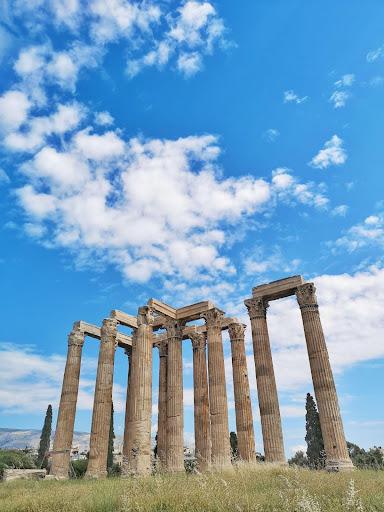
The Acropolis
The Parthenon Temple perched on a sturdy rock overlooking the city is a sight to behold! The now world-famous monument was once the cultural spot for Athens. It was one of the biggest temples built during that era. You can spend an entire day here looking at the monument and the nearby sanctuaries.
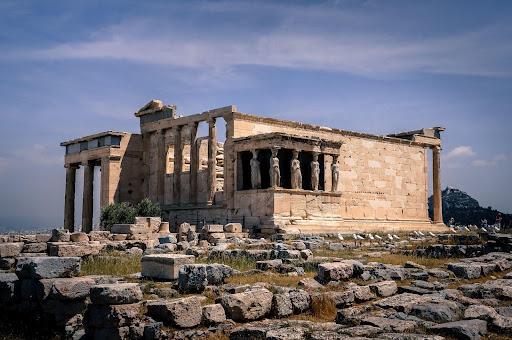
Plaka
This neighborhood of the gods sits at the foot of the Acropolis. This historic neighborhood is now filled with cute shops and delicious restaurants and is a lovely place to walk around and enjoy dinner to end your day.
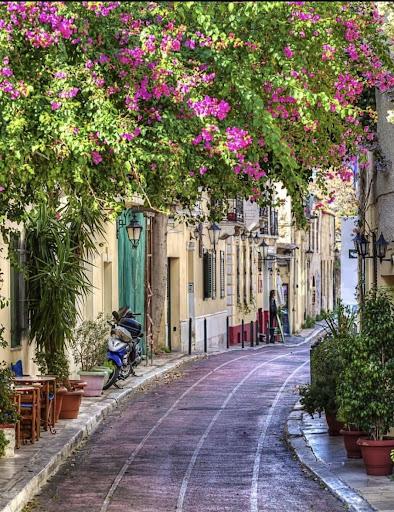
Day 2:
Panathenaic Stadium
A trip to the Olympic Stadium is a great way to set the tone for your trip to Greece and time in Athens. The current stadium is an upgraded version of the previous stadium from 1896. During Herodes Atticus’ rule in 335 BCE, the first Panathenaic Stadium was built as the country hosted the first Olympics competition.
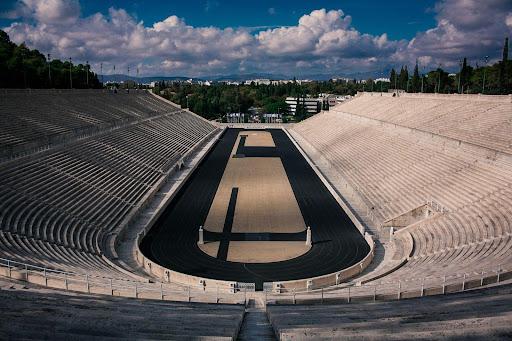
Temple of Hephaestus
One of Athens’ locations that has endured for a long time is this Temple. Hephaestus, the Greek god of volcanoes, fire, and blacksmiths, is honored at the Temple of Hephaestus which is one of the few Greek temples that has been completely maintained to this day.

Old Town
Spend the evening walking around the Old Town of Athens, taking in the old architecture, and admiring the artist’s handwork.
We recommend renting a car towards the end of the day and beginning your journey north to the famed Greek mythology city of Delphi. Follow your senses along the drive to find a delicious spot to enjoy dinner.
Delphi
Day 3:
Sanctuary of Delphi
Delphi in the Sixth century BCE merged well with the magnificent environment and was infused with holy significance and a representation of global harmony in ancient Greece.
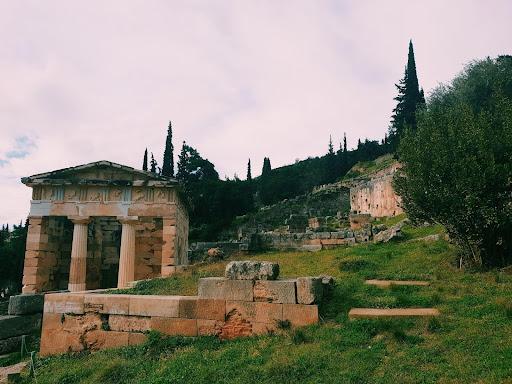
Temple of Apollo
It was the location of the renowned Apollon oracle, which provided both city-states and individuals with enigmatic prophecies and direction.

Castalian Fountain
Sitting in the outskirts of Delphi is this well known ancient and revered Greek mythology location that was thought to have waters with the powers to cleanse the souls of visitors to the Temple of Apollo.

The Archaeological Site of Delphi
The Acropolis of Athens and Delphi are the two most significant archaeological sites in Greece. It is impossible to overstate the importance of Delphi’s contributions to all of ancient civilization.

After a day full of Greek mythology, it is time to make your back to Athens and head to the famed Greek islands.
Mykonos
The island of Mykonos is beautiful as the Aegean’s dazzling sunlight bathes her during the day, but at night, she dons a guise of charm and mystery, inviting visitors and locals alike to dance and have fun in the beach bars and clubs and enjoy a very memorable stay.
Mykonos is about 45 minutes from Athens by plane or about two and a half hours by speed ferry. This makes a perfect second destination after Athens.
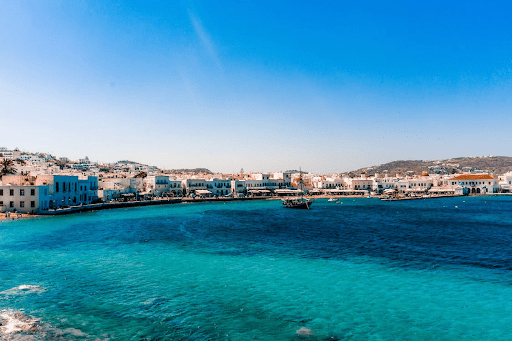
Day 4:
Panagia Paraportiani
Panagia Paraportiani is one of the island’s revered historical religious landmarks. Due to the building’s odd design, the seashore church’s whitish walls take on a distinctive shape. Five little churches were stacked on top of one another during the 14th century. This landmark is one of the most photographed in the world and unquestionably one of the top attractions in Mykonos.

Paradise beach
Home to the largest nightclub on the island, Paradise beach is a favorite of many to enjoy a sun-filled day with cocktails in hand that are offered by the outdoor lounges or to join in one of the many beach parties.
Despite its beauty and calmness, the adventure awaits in Mykonos, offering several water activities that you can enjoy during your visit. Scuba Diving, jet skiing, sailing, wakeboarding, and flyboarding are all possible in Mykonos.
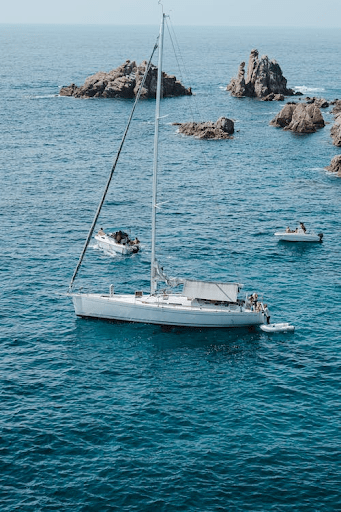
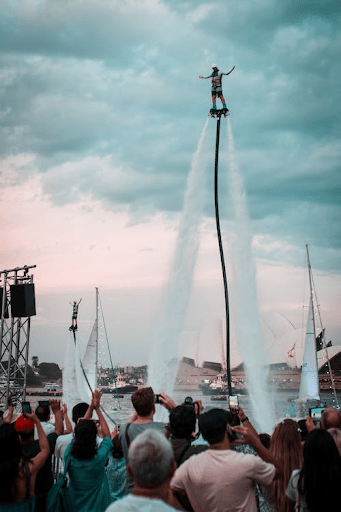
Matogianni Street
With a large amount of accessories, garments, handmade jewelry, handcrafted sandals, and much more, Matoyianni street is a great place to walk around, whether you choose to window shop or purchase wearable souvenirs, many of the shops are open late into the evening.
Day 5:
Island of Delos
Accessible via ferry from Mykonos, the island of Delos is the famed birthplace of Greek mythological figures Apollo and Artemis’. Discover the Terrace of the Lions, Cleopatra’s House, the Sacred Harbor, which is now a dry lake, and the House of Dionysius, a lavish private residence constructed in the second century. We suggest heading out on the first ferry of the morning and returning no later than mid-afternoon.
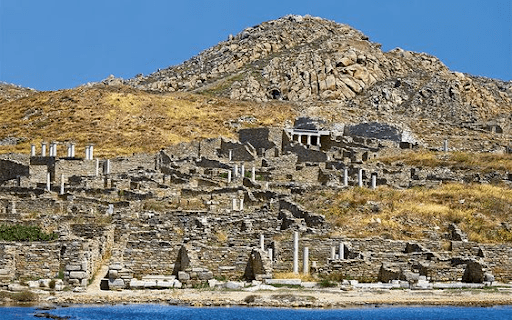
Flour Mills
There are currently 16 windmills on Mykonos, 7 of which are located on Chora Hill, the island’s well-known feature. The wood-and-straw crowned row of historical windmills was first built by the Venetians in the 16th century. Visit the windmills to understand how the Venetians used the wind’s energy and to take in the expansive views of the city and ocean. This is the ideal spot to watch the sunset.

Little Venice Beach Mykonos Quarter
After the sun has set, head down to Little Venice Beach. Its picturesque homes, cafes, and restaurants that are gracefully positioned on the water’s edge were built throughout the 16th and 17th centuries by maritime traders and are likely to take your breath away. It is a favorite hangout for painters who have replicated the sight in several works.
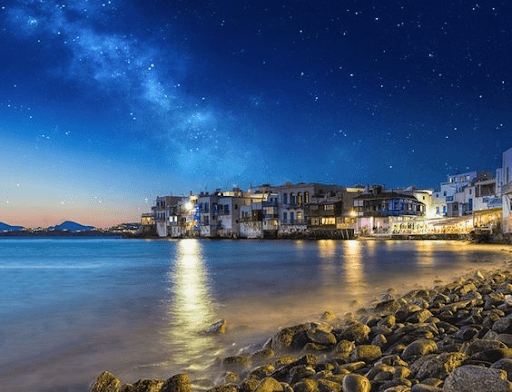
Santorini (Thira)
Santorini, probably the most well-known of the Greek islands, is distinguished by its sheer cliffs, whitewashed homes with blue accents, and orange sunsets that illuminate both the sky and the water. Approximately 2 hours away from Mykonos by speed ferry, it is also accessible some of the year via flight, but speed ferry is generally a good way to go. Basing yourself in an accommodation in Oia is a good idea, but anywhere in the island will work so long as you rent transportation, which is advisable.
Day 6:
Ancient Akrotiri
Santorini’s most important archaeological site, Akrotiri was a Minoan village from the bronze period that was destroyed by a volcanic eruption and buried under the ash in 1627 BC. Many frescoes and items have survived to the present day because they were buried. You can now tour this sizable complex, which is protected by a specially constructed structure with a walkway that allows you to see the building remnants.
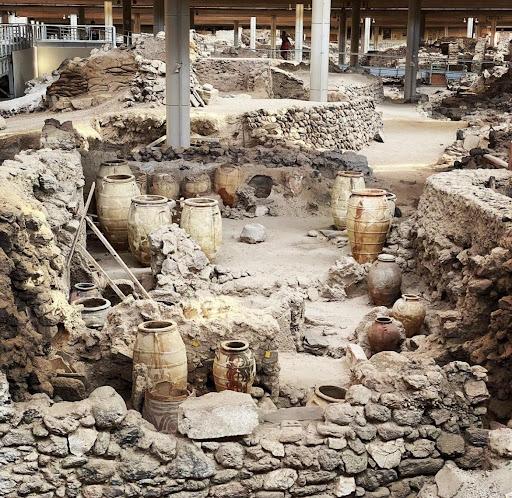
Red Beach
Close to Akrotiri, the red volcanic beaches and towering rocks in the background provide for breathtaking views. Due to its small size, the beach can become quite crowded during the summer but is absolutely still worth a visit.

Skaros Rock
Located in one of the quieter parts of Santorini, this is a lovely hike with beautiful views from start to finish. Be sure to stay for a beautiful sunset!
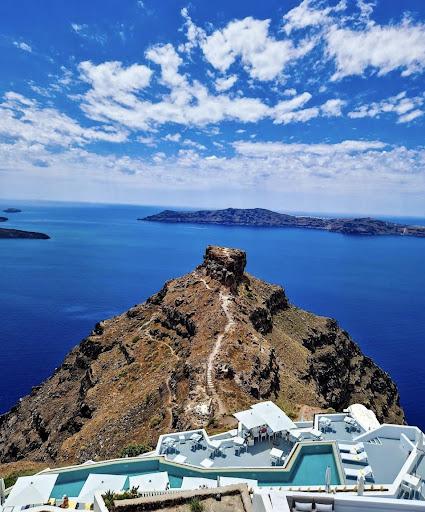
Day 7:
Byzantine Castle Ruins
Sunrise over Oia is just remarkable. Assuming your accommodation is in Oia, this one should be pretty simple. But even if you are staying elsewhere, making the extra effort to get up early and make your way to Oia for the sunrise is a great idea. The sunrises here are sometimes even more magnificent than the sunsets!
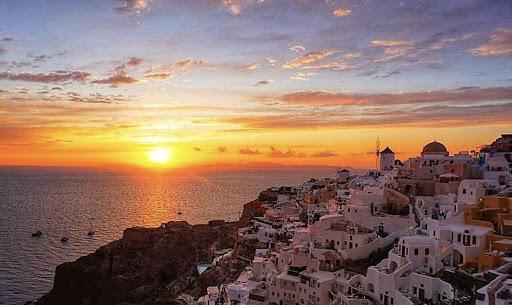
Pyrgos Kallistis
After enjoying breakfast make your way to the southern part of the island to the most uniquely preserved medieval town in Santorini. Complete with picture perfect blue dome churches in every direction you turn and winding cobblestone streets to wander, the old town of Pyrgos sits on a hill with the castle at the top.
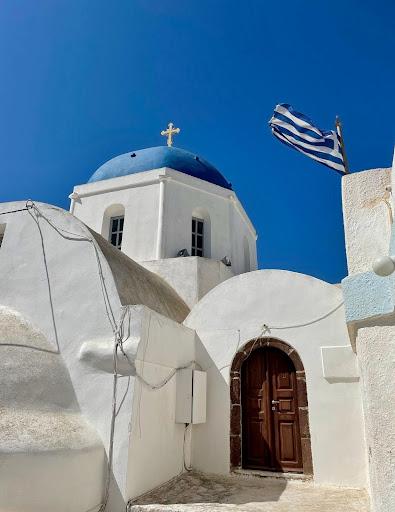
Domaine Sigalas
A beautiful winery to enjoy a wine tasting and food pairing along your route back to Oia.
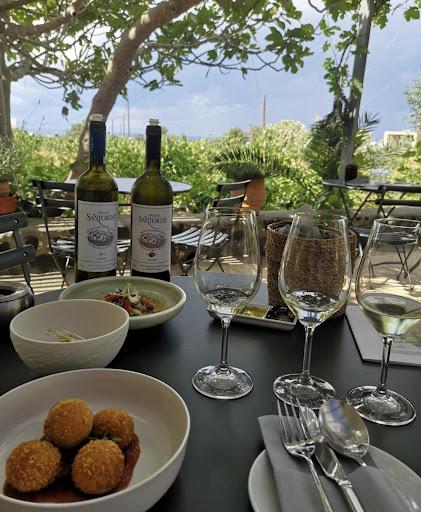
Oia
Recognizable by its whitewashed structures and blue-domed churches, this postcard worthy town’s views are simply breathtaking. Wander around exploring the town of Oia and enjoy every amazing photo opportunity! Enjoy dinner and the sunset!

Day 8:
Ancient Thira
Unlike Ancient Akrotiri which was perfectly preserved by volcanic ash, Ancient Thira is pretty much the exact opposite. Originating in the 9th century BCE, this was once a strategic lookout for the Ptolemaic dynasty watching over the Aegean Sea.
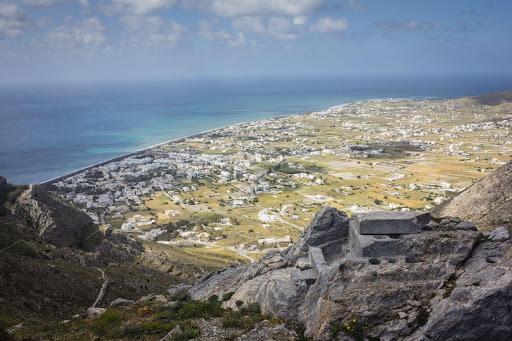
Fira
Walk along the main street of Fira in order to say that you officially experienced all of Santorini. As the biggest town on the island it is filled with bars, restaurants, and shops, and has views of much of the rest of the island.
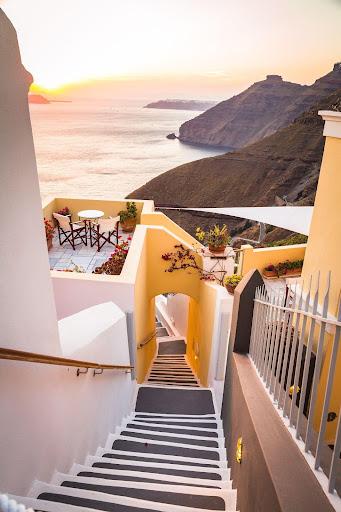
Santo Winery
One of the best known wineries in Santorini is Santo Wines. With its perfect location in the middle of the coast line that runs along the Caldera, this is a perfect place to enjoy a wine tasting, alongside a delicious cheese and fruit platter, and enjoy a beautiful sunset.
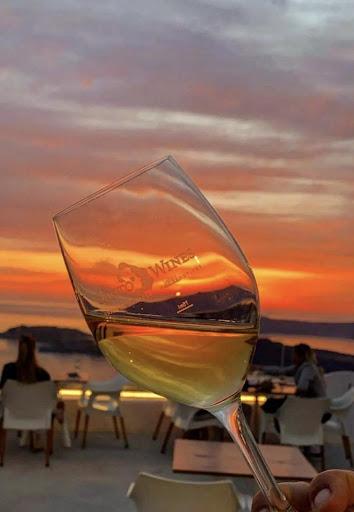
Brewery Tour
Not that we judge if you want to do both, but as an alternative choice to Santo winery, enjoy a tour, tasting, and meal at one of Santorini’s several microbreweries before embarking on your speed ferry to your next destination, Crete!
Crete
Crete is Greece’s largest island, best known for its delicious cuisine, beautiful beaches, and lively culture. Taking about two hours to arrive in Crete from Santorini by speed ferry, this is an effective way to travel. Flights are available from time to time, but often have a stop in Athens making them less efficient. While in Crete, we recommend renting a car (or motorbike) for ease of getting around and to allow you to more freely see the best parts of the island!
Day 9:
Chania Food Tour
As with most places, one of the best ways to truly submerge yourself in the local culture is through the food. We suggest spending today taking a food tour. From traditional dishes like the cheese filled pastries known as bugatsa to the delicious meat gyros to everything in between, it is all so delicious! As you are guided to different local restaurants and vendors, you are also taken on a tour through the rather perfect harbor town.
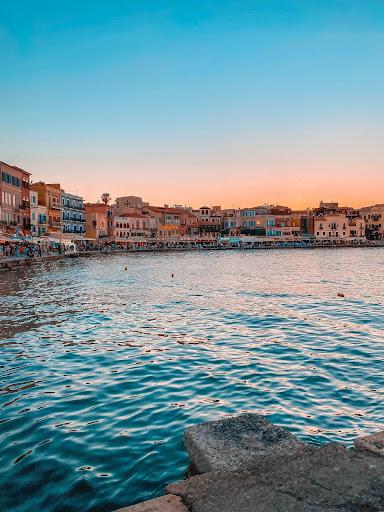
Chania Municipal Market
The local market is filled with fresh food stands selling everything from produce to cheese, meats to baked goods. Definitely worth a walk and taste around to stimulate yourself on your food-filled day!

Seitan Limania Beach
After spending the morning enjoying the various cuisines that Chania has to offer, make your way to this unique “secret” beach that is tucked down a steep hill in between two cliffs! Not too far away from the town (you will need to drive), you will have a short climb down to this stunning beach!
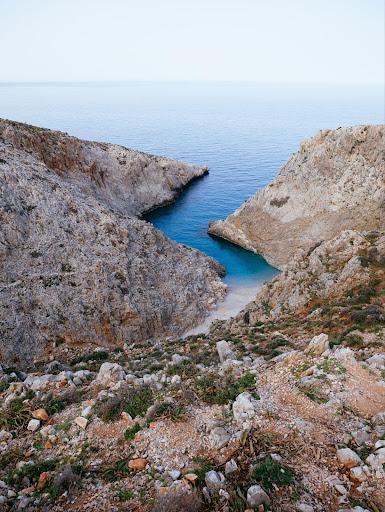
Chania Harbor Sunset
Even more so than much of the world, it seems that sunset is truly celebrated on the Greek Islands, and that holds true for Chania Harbor. Whether you choose to walk around the harbour area, or enjoy your dinner or a drink at one of the several options along the harbor, this magical time of day allows you to join in the local tradition of experiencing the unique sunset.
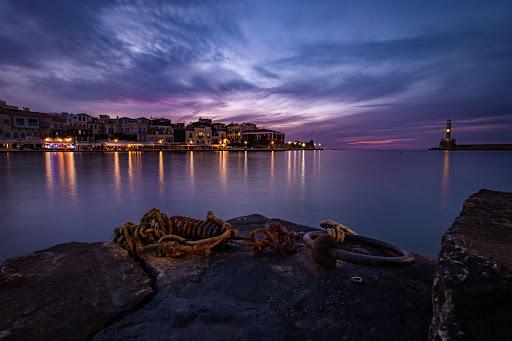
Day 10:
Flip flops in tow, we suggest starting the day in your activewear, bathing suit underneath. Be sure to bring plenty of water, snacks, and sunscreen for this adventure filled day.
Samaria Gorge
One of the largest gorges in all of Europe, the Samaria Gorge National Park is a must visit while in Crete. Open from May to October, the main trail is approximately 15km in length of walking through towering cliffs and will take between 3 and 6 hours depending on your pace. Be sure to wear steady footwear, brin
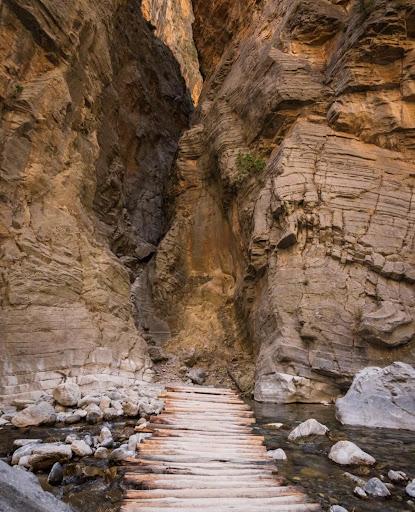

Elafonisi Beach
After finishing a long morning of hiking, make your way to what is known as one of the most beautiful beaches in the world. Located not far from the Samaria Gorge, on the southern coast of the island, this beautiful beach boasts turquoise shallow waters and soft almost pink colored sand.
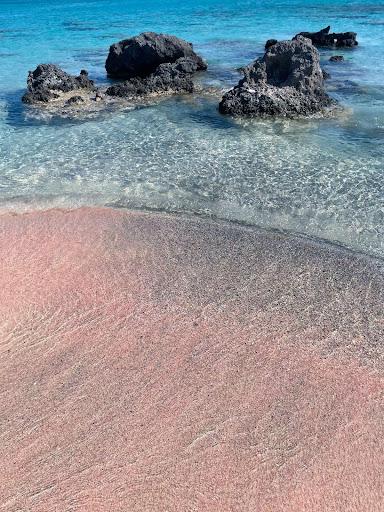
Day 12:
Balos Beach Blue Lagoon
The epitome of a Greek island vacation, spend the first part of your day relaxing on this beautiful sandy beach and swimming in the stunning turquoise waters!
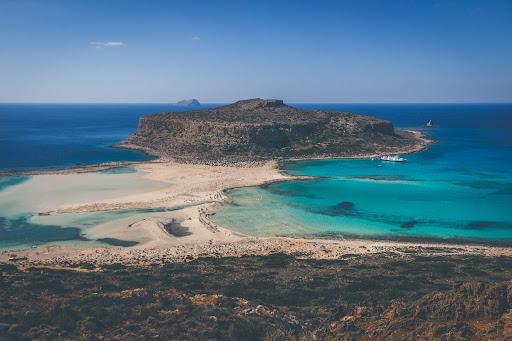
Once you have soaked up enough sun, it’s time to head east.
Rethymnon
Filled with charming Venetian and Turkish landmarks, the old town of Rethymnon is picture perfect place to wander around and enjoy the afternoon and evening. Filled with cobblestone alleys, ottoman style balconies, and small Venetian harbor. This area is the perfect place to spend the night.
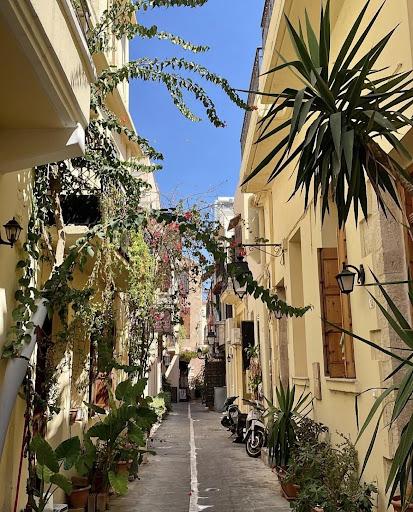
Day 13:
Arkadi Monastery
Just a short drive from Rethymnon, you’ll find the Arkadi Monastery. Resting on a plateau surrounded by olive and oak trees, and vineyards, this unique hilltop structure is tailed to be created by Byzantine emperor Arcadius in the 5th century. With a Venetian Baroque redesign from the 16th century, this structure holds a number of unique stories. During the 1866 Cretan Revolt of the Greeks versus the Ottomans, women and children walled themselves within the monastery for three full days before choosing death over surrender.

Vai Beach
Continue your drive to Crete’s less popular eastern shoreline where you will find the largest natural palm tree forest in all of Europe at Vai Beach. Enjoy a few hours in the sun at this unique, someone off the beaten path beach.

Monastery of Toplou
Situated on top of a hill, this simple yet beautiful monastery has an interesting history museum that presents the years of the Nazi occupation. This monastery also has a special twist, a winery. Enjoy a late afterning wine tasting and try some of their fresh extra virgin olive oil as well!
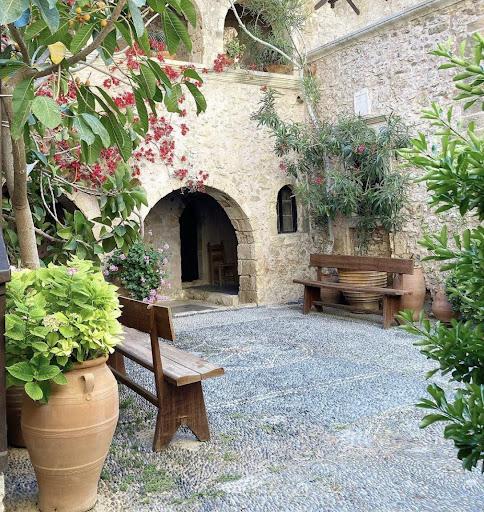
Day 14:
For your last morning in Crete, we suggest getting an early start.
Spinalonga Fortress
Venetian-era Spinalonga fortress which overlooks Mirabello Bay in a picturesque way. Guided and self tours are available to explore the dark history of this fortress filled with beautiful views.

Palace of Knossos
An impressive archaeological site that was excavated in the 20th century, Knossos is located just outside of the Crete capital of Heraklion.
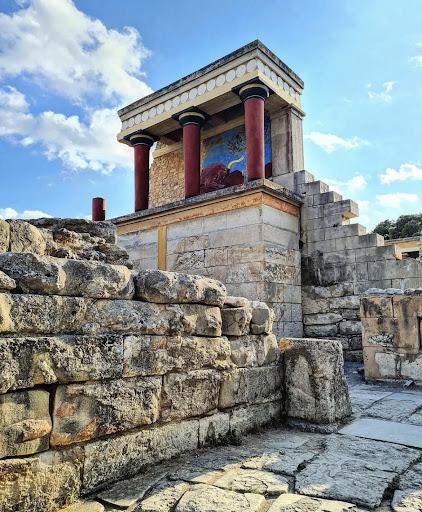
It is now time to return your rental and head to the airport for your flight home.

